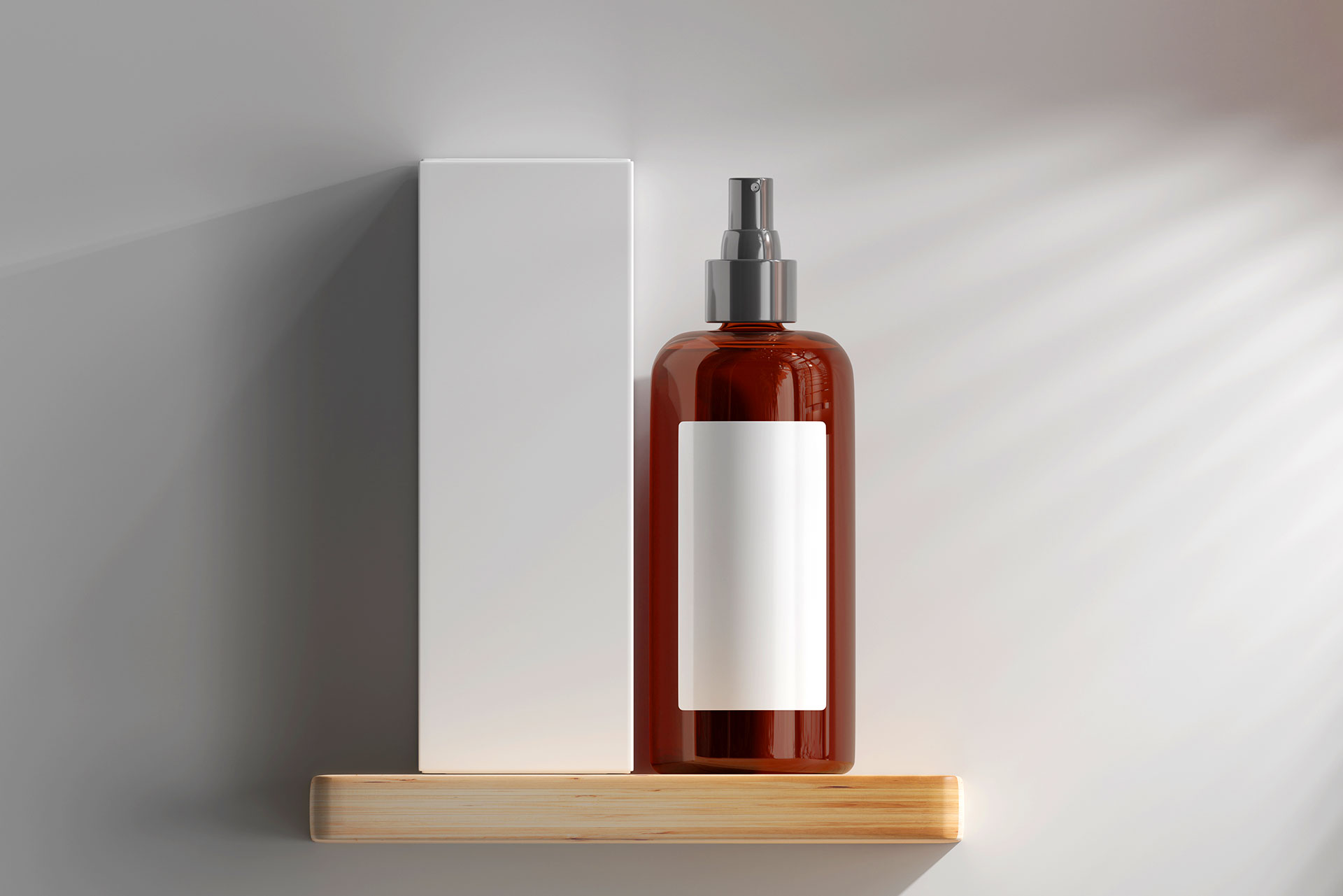
15 Jun How to Choose Between Horizontal and Vertical Form-Fill-Seal Lines
Packaging lines may all aim for the same thing: get the product sealed, bagged, and ready to ship, but how they do it can look very different. Especially when you’re standing at the crossroads of horizontal vs vertical form-fill-seal (FFS) machines.
Both work. Both seal. Both fill. But choosing the right one? That depends on what you’re packing.
Start With the Product Itself
The first clue to your decision hides inside the product. Its shape, size, and consistency are all quietly pushing you toward one system or the other.
Generally, horizontal form-fill-seal lines shine when you’re dealing with:
- Solid items like bars, cookies, and pouches
- Delicate products that need gentle handling
- Pre-counted items or units
- Odd shapes that don’t settle easily
Meanwhile, vertical form-fill-seal lines are often the go-to for:
- Free-flowing powders or granules
- Liquids or viscous products
- Snack foods like chips and nuts
- Bulk packaging that fills by weight or volume
Speed and Space Matter More Than You Think
Square footage isn’t endless. Line layouts are a real-world problem.
Vertical machines often require a smaller footprint, rising upward instead of stretching outward. They fit better into tight spaces and integrate easily with upstream hoppers and scales.
Horizontal machines, on the other hand, need room to run. The product travels sideways, usually needing longer conveyors and more floor space. But in return, you gain flexibility with package shape, size, and presentation.
Sealing Style Plays a Role
Not all seals are created equal. The type of closure you need might nudge your choice one way or another.
Horizontal systems handle fin seals, flow wraps, and pillow packs with ease. They excel at producing shelf-ready packaging that sits neatly in displays.
Vertical systems specialize in back seals, stand-up pouches, and bags that hang from pegs or sit upright in bulk bins. They’re built for speed when the product flows easily.
Cost Isn’t Just the Price Tag
It’s tempting to look only at machine cost, but long-term efficiency often matters more.
Consider:
- Product waste from spills or jams
- Downtime for cleaning and changeovers
- Labor needed to monitor and load the system
- Material compatibility for different bag films or seal types
The cheaper machine isn’t always the cheaper investment.
Conclusion
Choosing between horizontal and vertical FFS isn’t about which machine looks better in the showroom; it’s about how well it fits your operation.
When the machine matches the product, the flow, and the packaging goals, everything runs smoother. Production stays steady. Waste stays low. Packaging lines stop being the bottleneck and start being the advantage.



No Comments